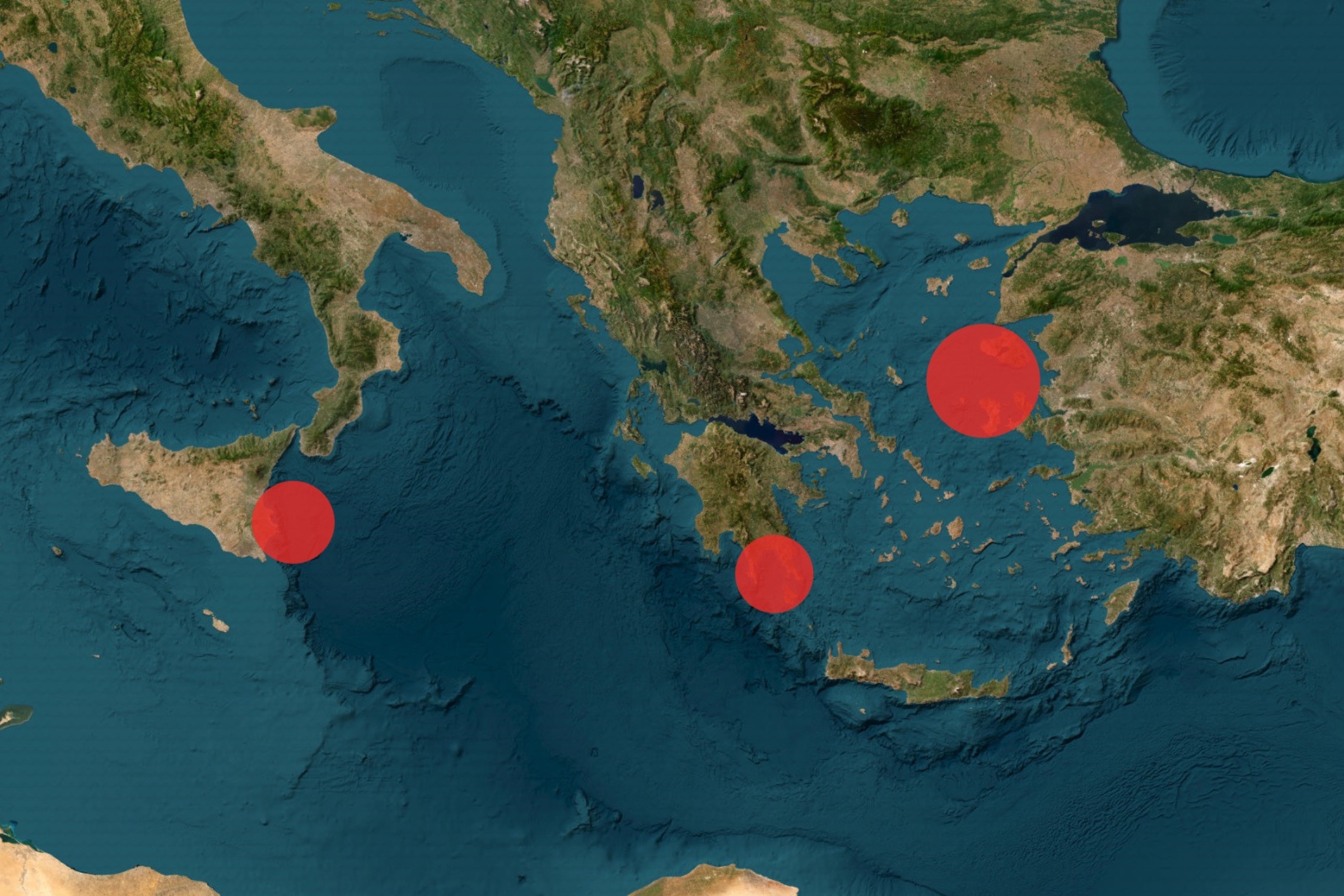Earth is about to bid farewell to its temporary celestial companion as asteroid 2024 PT5 prepares to depart our orbit on Monday, just before this year's Thanksgiving celebration.
This fascinating space rock, which has been dubbed Earth's "second moon" or "mini-moon," has provided scientists with fresh insights into both lunar history and near-Earth asteroids during its brief stay.
Where Did the Second Moon Come From?
In a fascinating twist of cosmic family relations, evidence suggests this temporary visitor may actually be a long-lost piece of our regular moon.
Carlos de la Fuente Marcos, a professor at the Universidad Complutense de Madrid and lead author of the discovery, recently told Space.com that multiple lines of evidence point to a lunar origin for 2024 PT5.

The asteroid's rapid rotation period of less than one hour aligns with what scientists would expect from either a large boulder ejected from the Moon's surface or a fragment broken off from a larger lunar object.
This connection to our moon is further strengthened by spectral analysis, which shows that 2024 PT5's chemical composition closely matches lunar samples brought back by both Russian Luna missions and NASA's Apollo program.
What Is the Second Moon Made Of?
The mini-moon's composition has proved to be one of its most revealing features. Scientific analysis shows that 2024 PT5 shares remarkable similarities with lunar material, supporting the theory that it was once part of our moon's surface.
The asteroid's spectra—essentially its chemical fingerprint—matches the unique signature of moon rocks that astronauts and space missions have brought back to Earth.
This discovery is particularly interesting because it suggests that the Arjuna asteroid belt, where 2024 PT5 normally resides, might contain many other pieces of our moon that were ejected during ancient impact events.
These cosmic fragments could be like time capsules, preserving information about the moon's history and composition from billions of years ago.
Why Is the Second Moon Leaving So Soon?
The mini-moon's departure, scheduled for 11:43 a.m. ET on November 25, is an inevitable result of celestial mechanics.
Unlike our permanent moon, 2024 PT5's relationship with Earth was always destined to be temporary due to the complex interplay of gravitational forces from both the Earth and sun.
The asteroid was captured by Earth's gravity on September 29, 2024, when it approached our planet with the perfect combination of distance (within 2.8 million miles) and speed (about 2,200 mph).
However, perturbations from the sun's gravity will ultimately break this temporary gravitational dance, sending 2024 PT5 back to its home in the Arjuna belt.
While this particular mini-moon's visit may be ending, scientists remain optimistic about future opportunities.
De la Fuente Marcos noted that modern Near Earth Object surveys are now sensitive enough to detect these temporary visitors regularly, with the next capture likely to occur within months.
Additionally, 2024 PT5 itself is scheduled to make another close approach to Earth on January 9, 2025, providing NASA with an opportunity to study it using radar technology. After this quick flyby, it won't return until 2055.
Sadly, most Earth residents won't be able to see this celestial visitor off as it's too dim for amateur telescopes. Astronomers, however, will be watching it carefully.
Do you have a tip on a science story that Newsweek should be covering? Do you have a question about asteroids? Let us know via science@newsweek.com.
Reference
De La Fuente Marcos, C., & De La Fuente Marcos, R. (2024). A Two-month Mini-moon: 2024 PT5 Captured by Earth from September to November. Research Notes of the AAS. https://doi.org/10.3847/2515-5172/ad781f



















 English (US) ·
English (US) ·